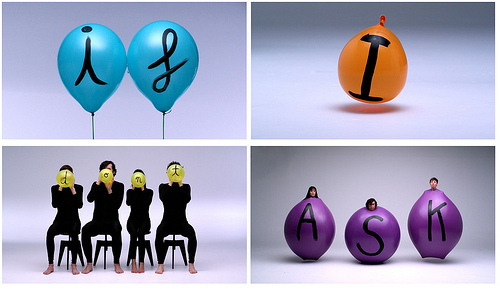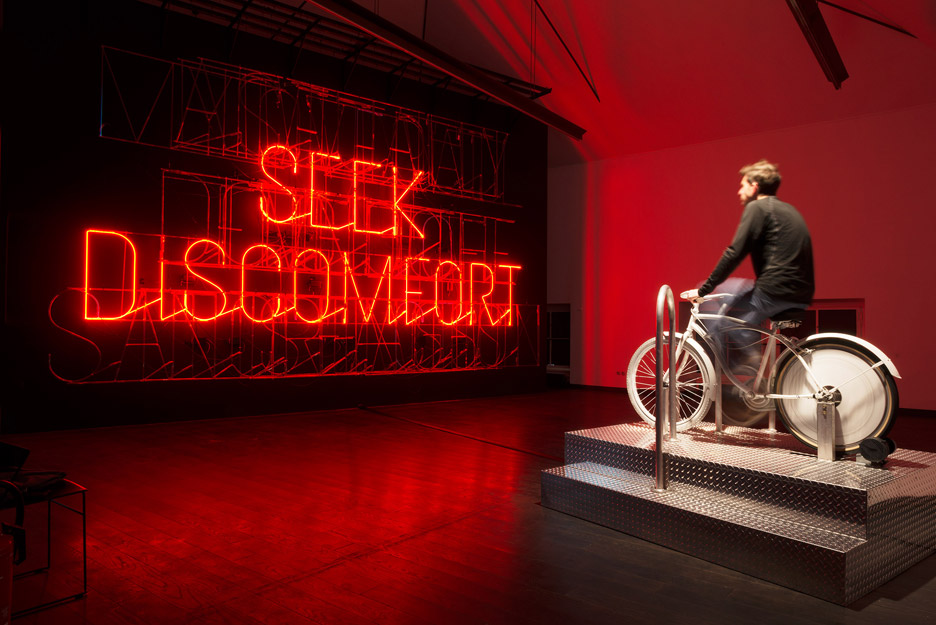The Happy Film reflection by Stefan Sagmeister
- Kevin Tan

- Apr 21, 2020
- 2 min read
Updated: Jun 4, 2020
Fist of all, Stefan Sagmeister was an Austrian Graphic Designer based in New York. He experimented himself as a test subject and see if he can manufacture happiness moment in various ways. In addition to that, he explored many kinds of methods and process about his personality and behaviour.
Not only that, throughout the whole project Stefan Sagmeister consult help from many professional such as phycologists, filmmaker, and his girlfriend; wrote a script to focus on his subject properly. As a consequence, he did not rely only on that method but he challenge himself and think beyond for a better solution. Furthermore, he was very organised in making decision when doing the project. Most of the time he listed down his happiness information on a journals to keep track of his behaviour and record data daily. With that information he did a mind map to expend his information even better.
Three methods for finding happiness which were meditation, cognitive behaviour therapy and psychotropic drugs. Stefan Sagmeister uses a variety of design aspects and techniques from his research. Drugs was the highest happiness levels which was 69.2 compared to therapy - 7.1 and meditation - 6.7. It changed the behaviour and habit of the person. On the other hand, meditation - letting go off the taught and therapy - able to learn the correct thinking in a success way. Design is a practice of finessing the machinery of happiness, through making tools easier to use, messages easier to read. At the end of each experiments he use water in a glass to represent the visual of his experiment from a scale 1-10.
Stefan Sagmeister research has inspired design projects, a documentary on the subject and plenty of thoughts on increasing happiness. He uses a lot of visual elements and graphic to communicate with other people. Then he begin to apply the language to the design; express his behaviour and feeling.
He created an exhibition on happiness by sharing it to other people and get feedbacks from it.
One of his exhibition I've find it very interesting is that he created a wall of neon tubes to shows 'Self help-style statements'. As the cyclist pedals the installation's lights turn on - graphics dotted about the show reveal various happiness-related statistics – such as levels compared across different countries, and the kinds of activities that create joy. Next, when visitors continue to pedal the message of the typographic piece changes and changes colour - a wall of neon tubes only lights up to reveal its motivational messages when a nearby bicycle is pedalled, and a mischievous illustration on an elevator brings a naked couple together when the doors are closed.


















Comments